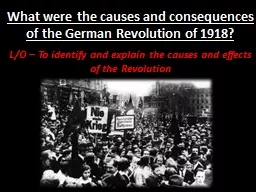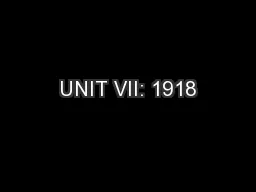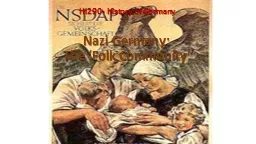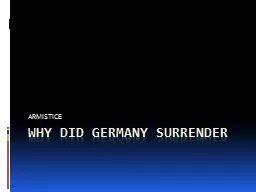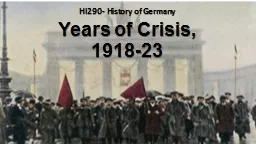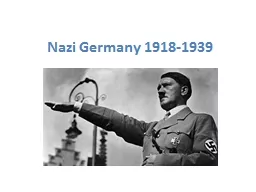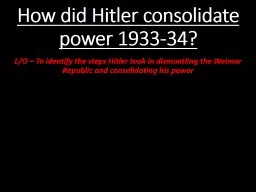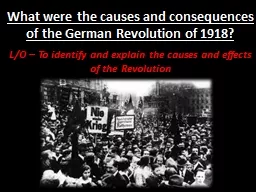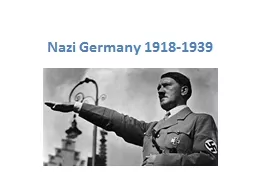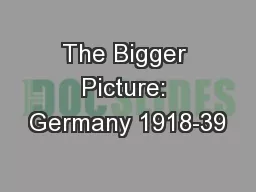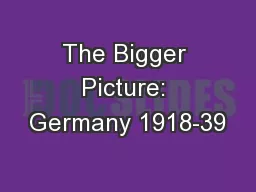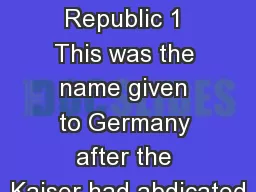PPT-German Expansion, 1918-1933
Author : kittie-lecroy | Published Date : 2018-10-31
Effects of WWI November 1918 Germans still believed victory possible Power handed over to a civilian government Wilson demanded Kaisers removal before an armistice
Presentation Embed Code
Download Presentation
Download Presentation The PPT/PDF document "German Expansion, 1918-1933" is the property of its rightful owner. Permission is granted to download and print the materials on this website for personal, non-commercial use only, and to display it on your personal computer provided you do not modify the materials and that you retain all copyright notices contained in the materials. By downloading content from our website, you accept the terms of this agreement.
German Expansion, 1918-1933: Transcript
Download Rules Of Document
"German Expansion, 1918-1933"The content belongs to its owner. You may download and print it for personal use, without modification, and keep all copyright notices. By downloading, you agree to these terms.
Related Documents


